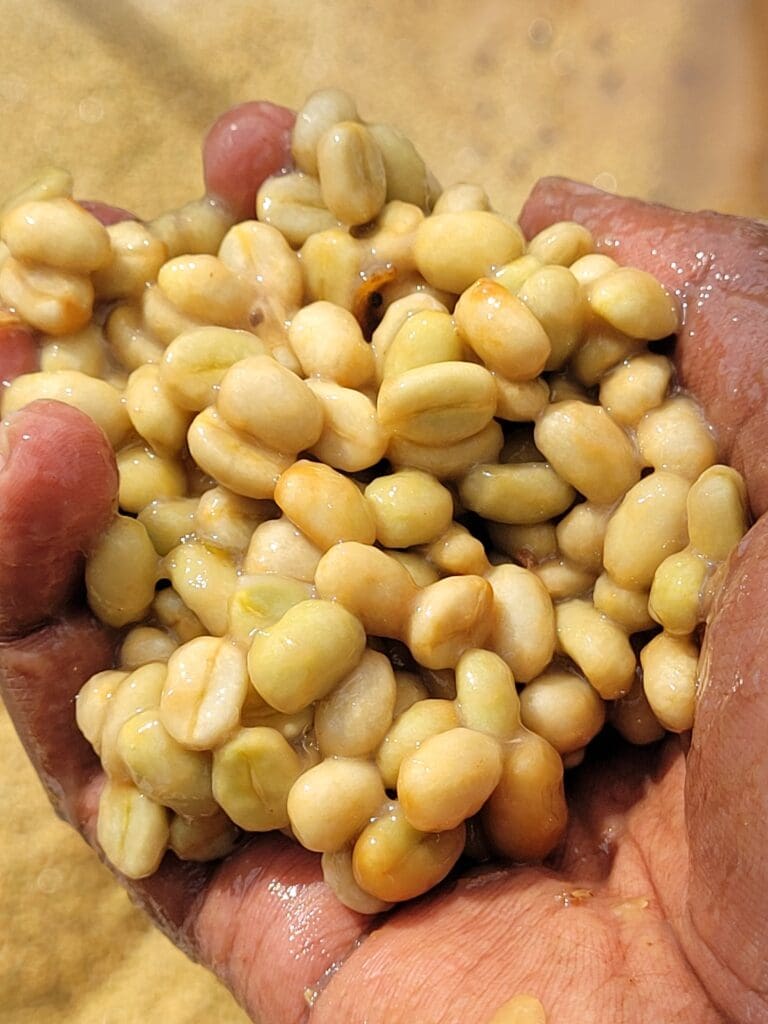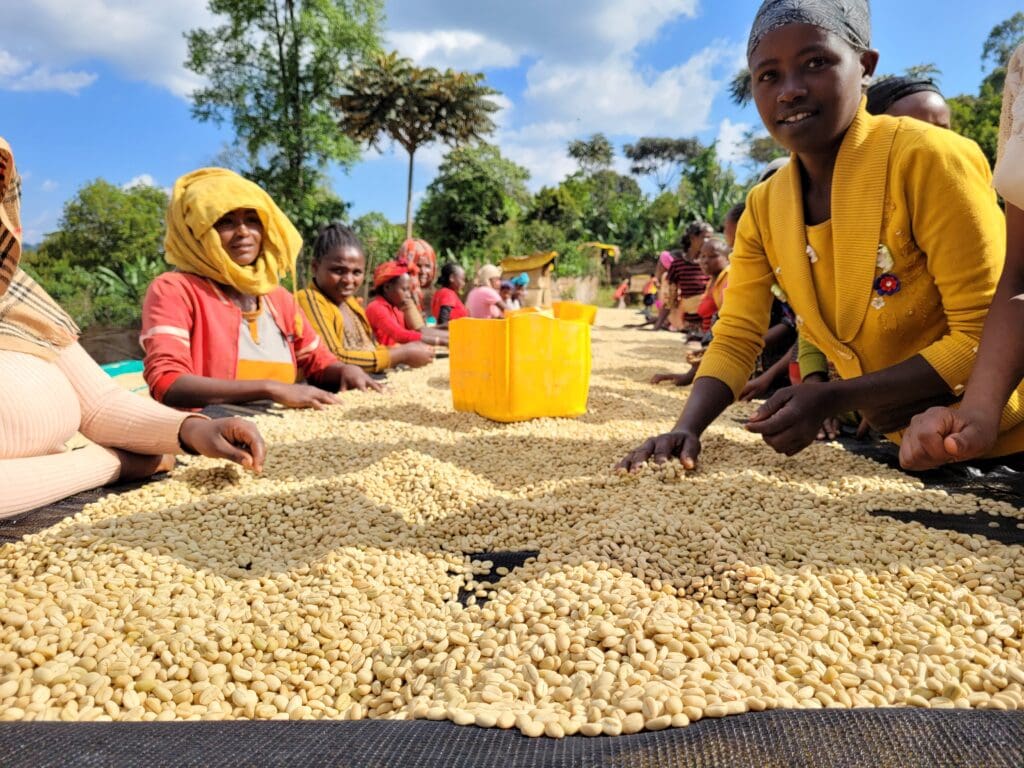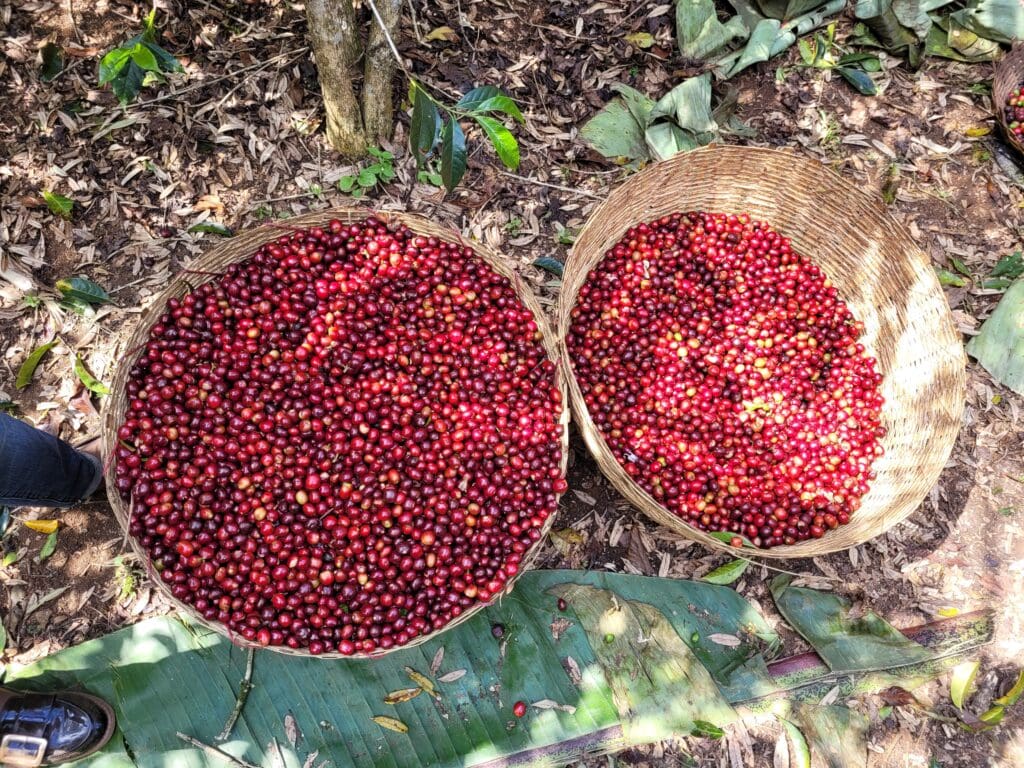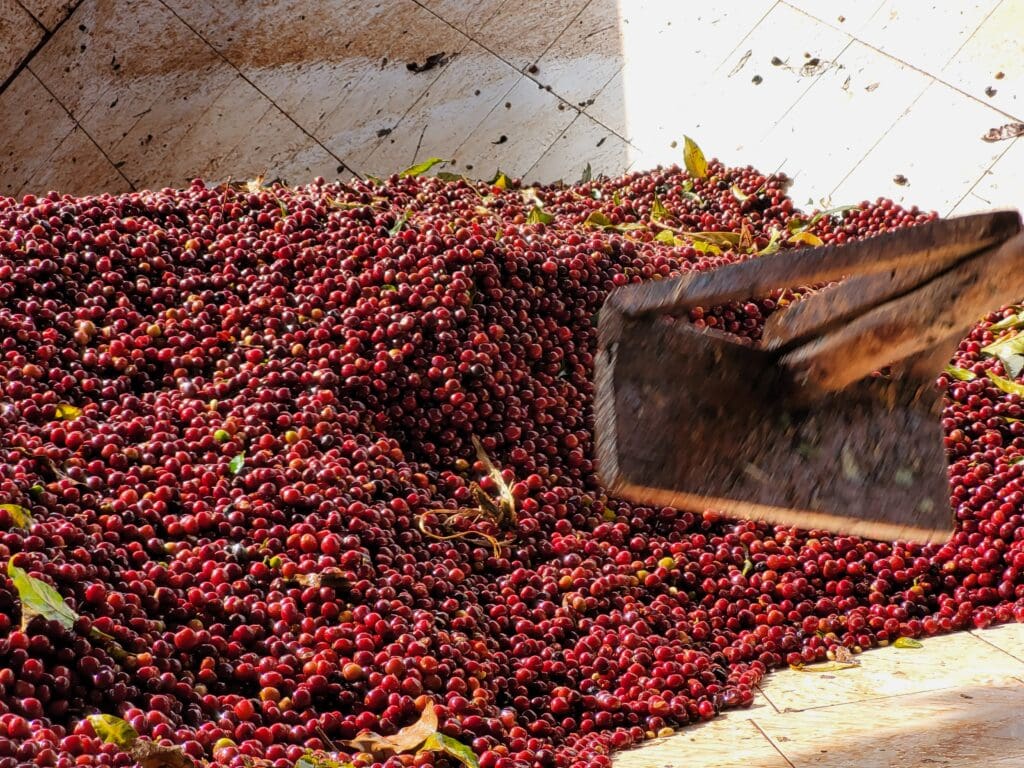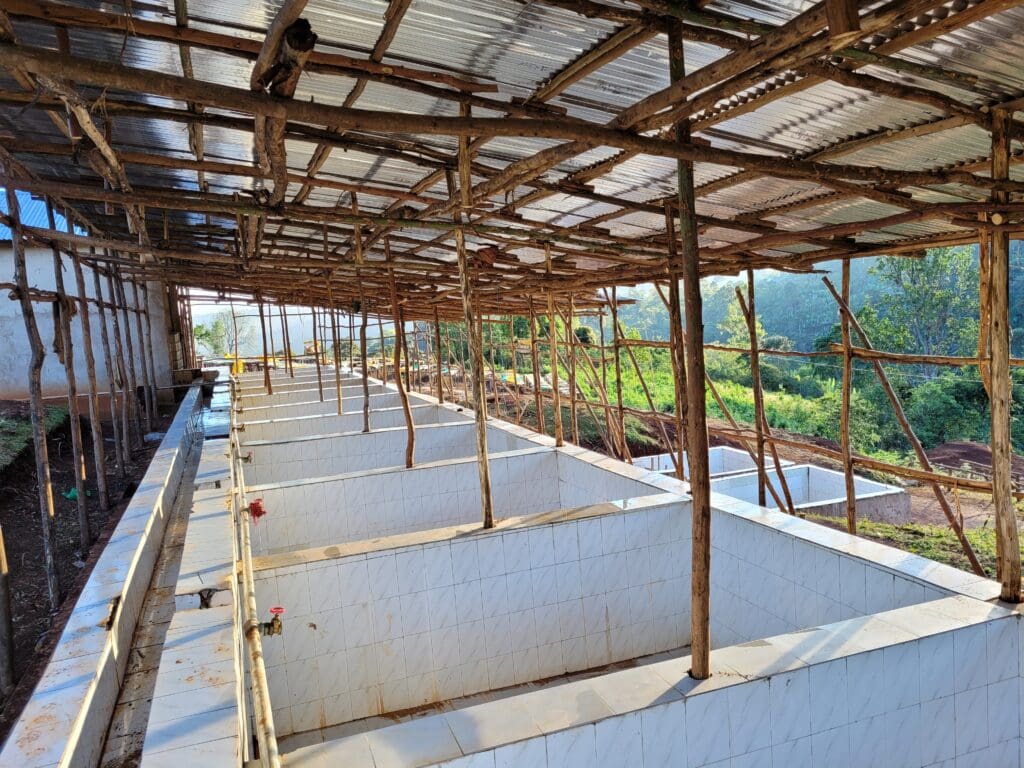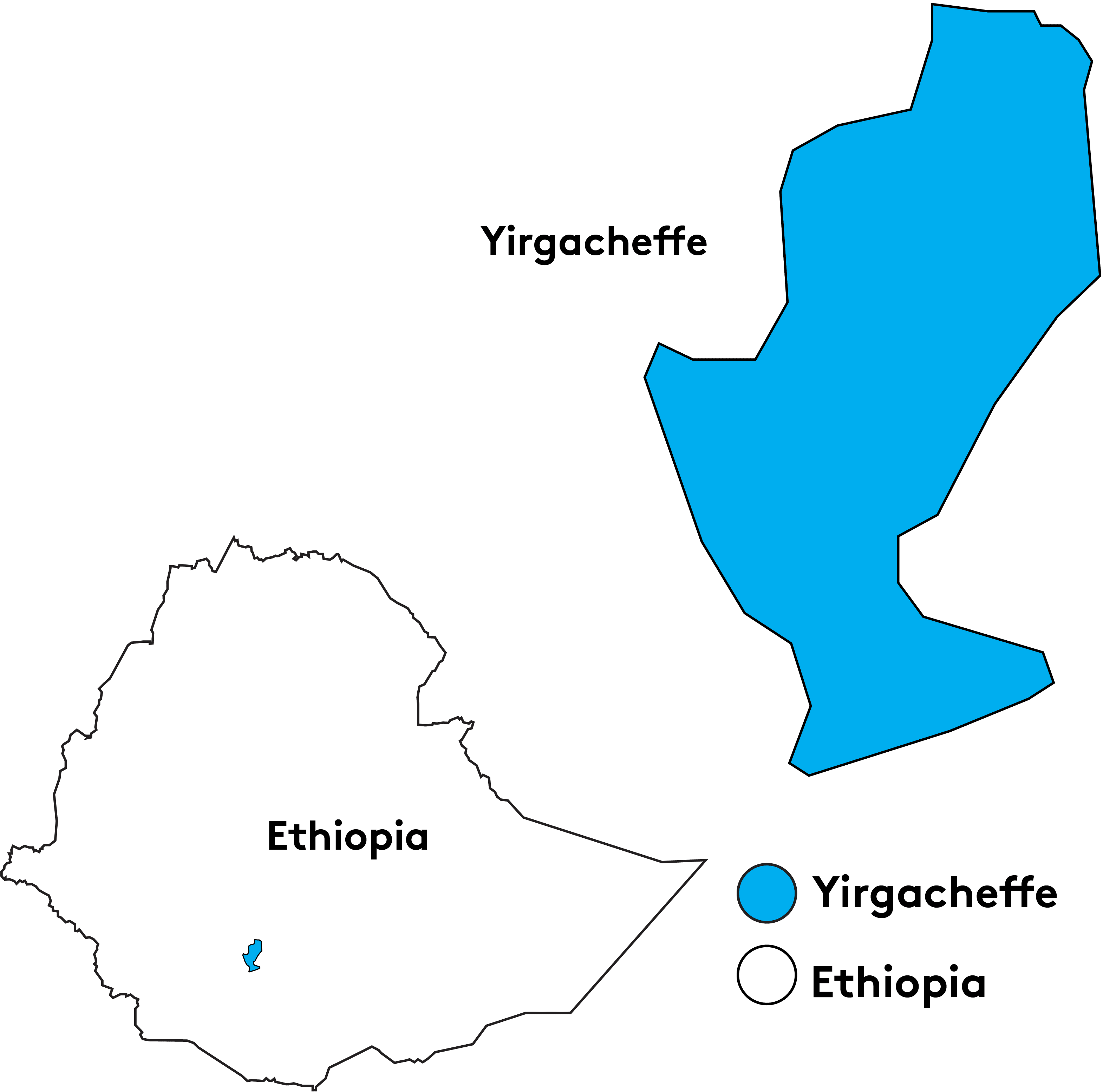Established in 2019, the Danche washing station stands as a testament to the dedication of Nigusse Debela, a key figure in Ethiopia’s coffee industry. Nigusse manages five washing stations in the Gedeb woreda, including Haloberiti, Banko Gotiti, and three in the Chelbessa kebele: Chelbessa 1, Chelbessa 2, and Danche. These stations form the heartbeat of the local coffee community, where smallholder farmers from nearby kebeles such as Chelchele, Haloberiti, HaloArtumi, and Gotiti bring their meticulously harvested red cherries for processing.
Spanning 4 hectares, the Danche washing station is equipped with 250 drying beds, where the coffee undergoes a careful transformation. Each year, this facility processes 15 containers of washed coffee, underscoring the scale and efficiency of Nigusse’s operations.
Situated in the newly established South Ethiopia Regional State—formed from the Southern Nations, Nationalities, and People’s Region (SNNPR) following a 2023 referendum—Gedeb is one of the eight woredas in the Gedeo Zone. This zone, named after the Gedeo people who inhabit it, is celebrated for its rich coffee-growing heritage. Bordered by the Oromia Region to the east, south, and west, and sharing a northern boundary with the Sidama Region, Gedeo is a pivotal area in Ethiopia’s coffee culture.
At Danche, the coffee undergoes a washed processing method. This process involves immersing the cherries in water, where ripe cherries sink to the bottom while unripe one’s float and are discarded. The ripe cherries are then de-pulped to remove the outer skin and some mucilage. The de-pulped beans are fermented in water for up to 72 hours to break down the remaining mucilage. The ceramic fermentation tanks used in the wet mill enhance the clarity of the processed coffee and speed up fermentation.
The commitment of Nigusse Debela and the local community is evident in every cup of coffee produced at Danche, reflecting the exceptional quality and rich tradition of the Gedeo Zone.
As the coffee industry continues to grow in Ethiopia, the country’s historic growing areas don’t always match up with the current-day maps defining Ethiopia’s geography. Our goal is to provide the clearest and most accurate information about the coffees that we offer, and we’re proud to provide the most specific location information we have for these coffees. Learn more about Ethiopia’s coffee growing regions on our blog.
